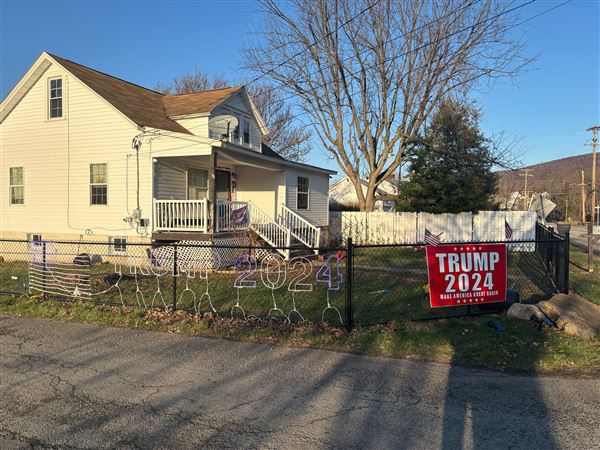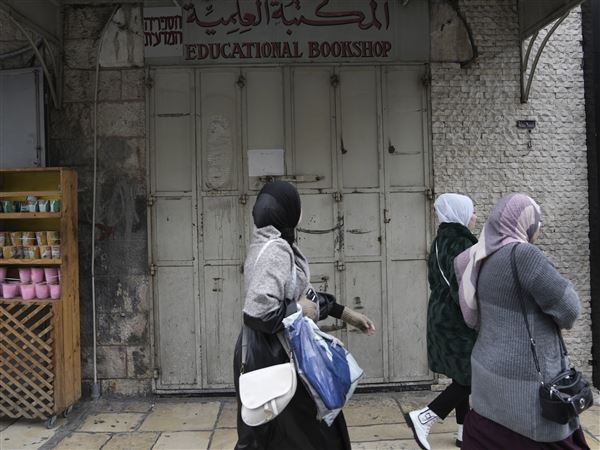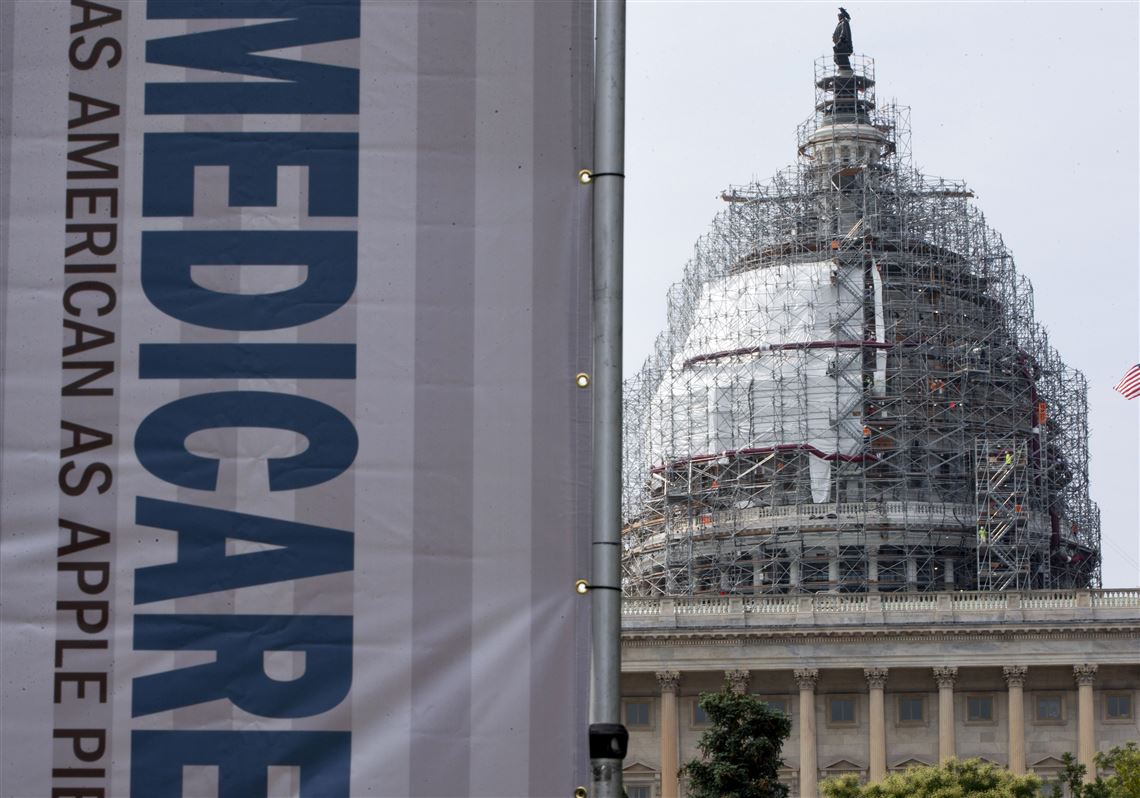Medicare’s annual open enrollment period ends tomorrow, and the good news is that local insurers largely held steady on premium rate increases on their Medicare Advantage offerings for 2017.
But some seniors still faced tough choices regarding their drug coverage, said Bill McKendree, coordinator for the Allegheny County Apprise program that helps about 25,000 seniors select a Medicare plan each year.
“If you look a little bit deeper, what you start to notice is how drugs are being reassigned to higher tier levels — from preferred to non-preferred — or being dropped altogether,” he said.
That means instead of paying $25-$50 each month for a particular “preferred” medication, the patient’s cost may rise to $300 or more beginning Jan. 1 because it has been relisted as “non-preferred.”
This is not happening across the board or even for large numbers of prescription drugs, Mr. McKendree quickly added. “But if you don’t check your plan for the coming year, you could be in for an ugly surprise when you go to the pharmacy.”
Highmark and UPMC Health Plan, the Pittsburgh area’s two largest insurers, say they have not repositioned commonly used medications to non-preferred tiers for the coming year. But both said they would consider such a move if there’s a lower-cost, equally effective drug available.
Mr. McKendree, meanwhile, cited a couple of examples from other insurers that take effect Jan. 1:
• Pradaxa, taken by patients with atrial fibrillation to prevent blood clots, was a preferred Tier 3 drug for several Part D plans in 2016. But, beginning Jan. 1, some plans have made it a Tier 4 non-preferred drug. That, for example, raises the $45 cost to consumers to $176 for the AARP Rx Preferred plan and $100 for AARP Medicare Complete HMO plan.
• Humalog and Humalin, used by diabetics to control their blood sugar, was a preferred brand under Humana’s plan this year but has been dropped from its 2017 formulary, pushing the monthly price for those seniors from $47 to $1,586.
Humana spokesman Mitch Lubitz wrote in an email that the insurer is switching to a single “preferred” product that is clinically similar to Humalog and Humalin for 2017. Americans with diabetes have seen a tripling in the cost of their life-saving insulin medications the past decade, he noted.
“From 2013 to 2016, based on analysis of Humana’s internal paid claims, the average price increase for all insulin products was 28 percent, compared with 12 percent for all brand-name drugs over the same time period.”
UnitedHealthcare spokeswoman Sarah Bearce said her company will offer alternatives to Pradaxa such as Xarelto and Eliquis in lower tiers for the AARP plans next year.
“We focus on providing our members with access to the drugs they need at the lowest possible cost while maintaining the sustainability of our plans,” she said, adding that “About 94 percent of our members enrolled in standard Medicare Advantage plans will see no change or a reduction in their prescription drug costs in 2017.
According to the California-based nonprofit Kaiser Family Foundation, the median cost of a 30-day supply of non-preferred brand name drugs has increased 55 percent since 2006, compared with 43 percent for preferred brand name drugs.
Mr. McKendree said cost concerns come through as his program does plan comparisons with clients. During a three-week period in November, over 90 percent of the program’s client contacts were seniors looking for lower-cost medications, he said.
“People are reaching the point where they’re saying, ‘Enough is enough. Every year I see the cost of my drugs going up and I’m barely able to manage my rent, barely able to manage my utility payments and barely able to pay for groceries.’
“Re-tiering” is not necessarily a new wrinkle for insurers trying to hold down costs, but it’s become more noticeable this year, he said.
Mr. McKendree said it’s not unusual to have individuals taking over 10 drugs, and some are not generic. That makes the choice more complex.
The concept of tiering has been commonly associated with tiered health plans where, in exchange for lower premiums and copayments, consumers are steered to a narrower network of providers. With drug coverage, it can mean paying more for medications that a patient has used for years, or having to switch to a different drug in the preferred tier.
Medicare’s Part D prescription plans are divided into 4-5 tiers, starting with the least expensive Tier 1 preferred generics, which typically require a $5 to $10 copayment, to the most expensive Tier 5 specialty drugs, where consumers pay a percentage of the drug’s full retail price.
The Centers for Medicare and Medicaid does require insurers to include a certain number of therapeutic drugs, for treating conditions such as diabetes, in a “preferred” tier. Exceptions to a tiering reclassification also can be made if a particular drug is determined to be medically necessary.
Also, state pharmacy programs PACE and PACENET can offer financial assistance for low-income households.
Where consumers feel pain financially is when drugs are moved from a lower tier, where they’re paying a set dollar amount, to one that requires the beneficiary to pay a percentage of the drug’s retail price.
“If you’re not economically prepared to make those costs, it’s going to be a real sacrifice,” Mr. McKendree said. “You can be physically miserable or economically miserable.”
Steve Twedt: stwedt@post-gazette.com or 412-263-1963.
First Published: December 6, 2016, 5:00 a.m.


















